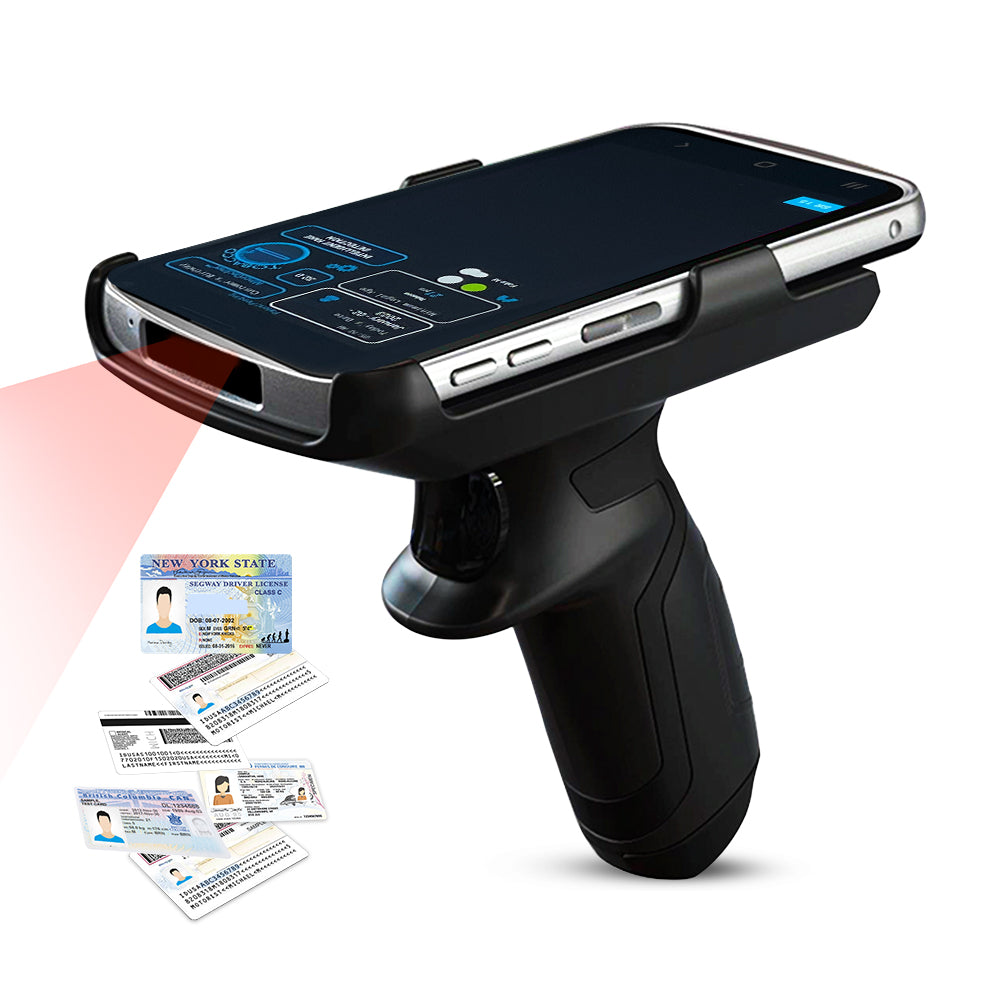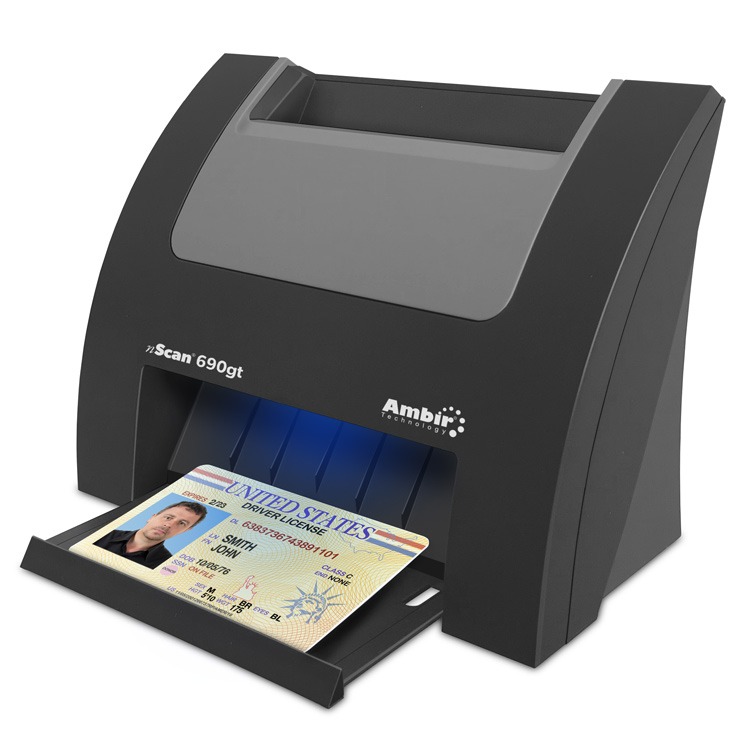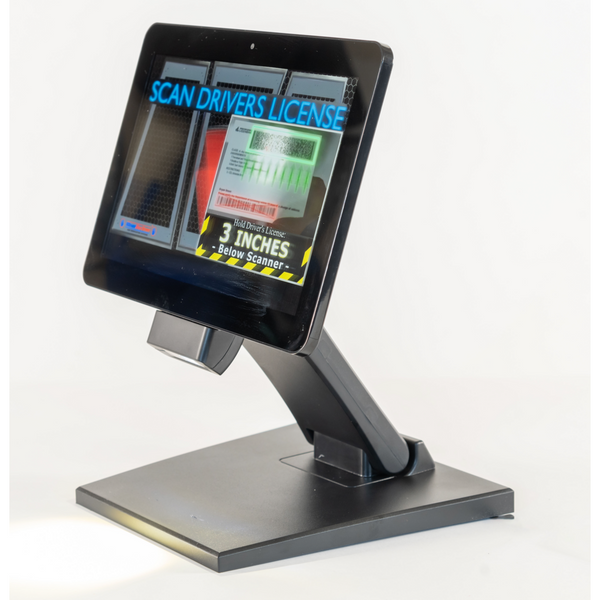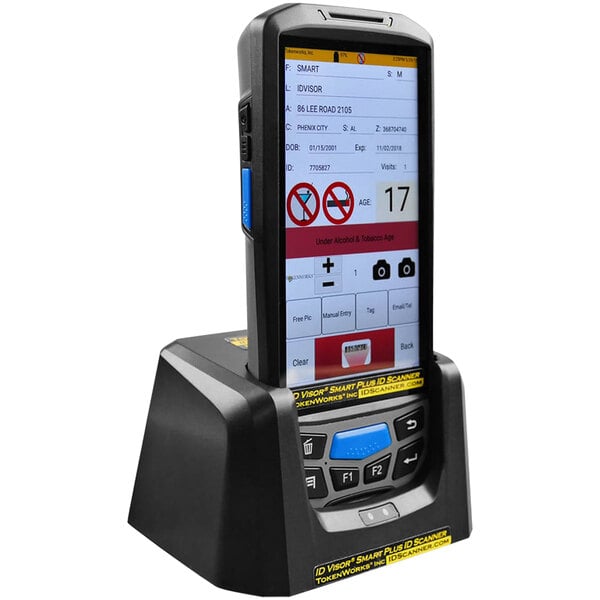In today’s digital age, ID scanning has become an essential tool for verifying identities, ensuring security, and streamlining operational processes. From convenience stores and airports to secure facilities and event venues, the utilization of ID scanning technology is widespread. Therefore, understanding the mechanisms, benefits, and potential challenges of ID scanning is crucial for both businesses and consumers. This comprehensive guide explores the technology behind ID scanning, its various applications, and best practices for implementation. By following these insights, you can better appreciate the role of ID scanning in modern-day security and operational efficiency.
The Technology Behind ID Scanning
ID scanning technology involves several components that work together to verify and authenticate identification documents. Therefore, exploring these technological aspects provides a deeper understanding of how ID scanners operate.
Optical Scanners
Optical scanners are fundamental in the process of capturing the visual data found on ID cards. These devices use light to create digital images of the ID, including barcodes and printed text. The optical scanner then processes these images to extract relevant information, such as names, dates of birth, and identification numbers. Optical scanners are designed to handle various types of IDs, including driver’s licenses, passports, and employee badges. Therefore, recognizing the role of optical scanners underscores their importance in the initial stage of ID verification.
Barcode and Magnetic Strip Readers
Many modern ID cards include barcodes or magnetic strips that store encoded data. Barcode and magnetic strip readers are specialized components of ID scanners designed to decode this information. These readers extract data from barcodes and magnetic strips, providing an additional layer of verification beyond visual inspection. The extracted data is then cross-referenced with the information obtained from the optical scan, ensuring accuracy and legitimacy. Therefore, understanding the functionality of barcode and magnetic strip readers highlights their role in enhancing ID scanning precision.

Applications of ID Scanning
ID scanning technology has diverse applications across various industries, each benefiting from its unique functionalities. Therefore, exploring these applications helps illustrate the versatility and utility of ID scanners.
Access Control
Access control is one of the primary applications of ID scanning technology. In secure facilities such as corporate offices, government buildings, and research labs, ID scanners are used to verify the identity of individuals before granting access. This ensures that only authorized personnel can enter restricted areas, enhancing security and minimizing the risk of unauthorized access. Furthermore, ID scanning allows for real-time tracking of entries and exits, facilitating better monitoring and accountability. Therefore, recognizing the importance of ID scanning in access control underscores its role in building security.
Age Verification
Another critical application of ID scanning is age verification, especially in retail environments where age-restricted products such as alcohol, tobacco, and lottery tickets are sold. ID scanners quickly verify an individual’s age, ensuring compliance with legal regulations and reducing the risk of selling restricted items to underage customers. This technology is particularly valuable in high-traffic areas, where manual checks could result in longer wait times and potential errors. Therefore, understanding the significance of age verification highlights the contribution of ID scanning to regulatory compliance and customer service efficiency.
Key Benefits of ID Scanning
The implementation of ID scanning technology offers numerous benefits, ranging from enhanced security to operational efficiency. Therefore, exploring these benefits demonstrates the value of adopting ID scanning solutions.
Enhanced Security
One of the most significant benefits of ID scanning is enhanced security. By accurately verifying and authenticating identification documents, ID scanners help prevent fraud, identity theft, and unauthorized access. The ability to cross-reference multiple data points, such as visual images, barcodes, and magnetic strips, ensures a high level of accuracy in identification. Additionally, advanced ID scanning systems can detect fake or altered IDs, providing an extra layer of protection. Therefore, recognizing the impact of enhanced security underscores the importance of ID scanning in safeguarding assets and information.
Improved Efficiency
Another notable benefit of ID scanning is improved operational efficiency. ID scanning technology automates the process of verifying identification documents, reducing the time and effort required for manual checks. This results in faster service, shorter wait times, and increased productivity for businesses and organizations. For example, in busy retail environments, automated age verification allows employees to serve more customers quickly and accurately. Therefore, understanding the significance of improved efficiency highlights the role of ID scanning in streamlining operations.

Challenges and Considerations in ID Scanning
While ID scanning technology offers numerous advantages, it also presents certain challenges and considerations. Therefore, exploring these factors helps identify potential issues and plan for effective implementation.
Data Privacy and Security
One of the primary challenges in ID scan is ensuring data privacy and security. The scanned data often includes sensitive personal information, which must be protected from unauthorized access and breaches. Compliance with data protection regulations, such as GDPR and CCPA, is essential to safeguard individuals’ privacy rights. Implementing robust encryption, secure storage, and access controls are critical measures to ensure data security. Therefore, recognizing the challenges of data privacy underscores the need for vigilant and secure ID scanning practices.
Integration with Existing Systems
Another challenge is integrating ID scanning technology with existing systems and workflows. Ensuring compatibility with other security, access control, and data management systems can be complex, requiring careful planning and potentially significant technical adjustments. It is essential to choose ID scanners that offer flexible integration options and work seamlessly with current technologies. Therefore, understanding the importance of system integration highlights the need for strategic planning in the implementation of ID scanning solutions.
Best Practices for Implementing ID Scanning
Implementing ID scan technology effectively requires following certain best practices. Therefore, exploring these best practices ensures the successful adoption and utilization of ID scanners.
Conducting Comprehensive Training
Comprehensive training for staff who will use ID scan technology is essential for effective implementation. Training should cover how to operate the scanners, interpret the results, and address any issues that may arise. Ensuring that staff are well-versed in using ID scanners increases efficiency and reduces the likelihood of errors. Regular refresher courses and updates on new features or regulations should also be provided. Therefore, recognizing the importance of comprehensive training underscores its role in successful ID scanning implementation.
Regularly Updating Systems
Regularly updating ID scan systems is crucial for maintaining their effectiveness and security. Software updates often include enhancements, bug fixes, and new features that improve performance and address vulnerabilities. Ensuring that your ID scanners are equipped with the latest software helps maintain accuracy and protect against security threats. Additionally, hardware maintenance and occasional upgrades may be necessary to ensure optimal functionality. Therefore, understanding the significance of regular updates highlights their impact on the longevity and reliability of ID scanning systems.

Innovations and Future Trends in ID Scanning
The field of ID scanning is continually evolving, with new innovations and trends emerging. Therefore, exploring future trends helps anticipate developments and adapt to changing needs.
Biometric Integration
One of the exciting trends in ID scan is the integration of biometric technologies, such as fingerprint, facial, and iris recognition. Combining traditional ID scanning with biometric data enhances the accuracy and security of identity verification processes. Biometric integration can provide additional layers of authentication, making it more difficult for unauthorized individuals to gain access. Therefore, recognizing the potential of biometric integration underscores its role in the future of ID scanning.
Artificial Intelligence and Machine Learning
Artificial intelligence (AI) and machine learning (ML) are also making significant inroads into the ID scan field. AI and ML algorithms can analyze vast amounts of data quickly, identifying patterns and anomalies that would be challenging for humans to detect. These technologies can enhance the ability of ID scanners to detect fake or altered IDs, predict potential security threats, and automate decision-making processes. Therefore, understanding the impact of AI and ML highlights their transformative potential in ID scanning technology.
Conclusion
The implementation of ID scanning technology offers significant benefits for security, efficiency, and compliance. Proper knowledge ensures effective utilization and adaptation to ongoing advancements.
Exploring elements like optical scanners, recognizing the importance of barcode readers, identifying key applications, and understanding the benefits of enhanced security and efficiency provides valuable insights into the functionality of ID scanning. Recognizing challenges such as data privacy, understanding integration requirements, and adopting best practices further enriches your understanding.
By engaging with future trends, conducting comprehensive training, and regularly updating systems, you can ensure the successful incorporation of ID scanning technology. Therefore, whether it is for access control, age verification, or other applications, understanding these aspects offers practical and valuable insights. Embrace the opportunity to enhance your security measures and operational efficiency with ID scanning technology, knowing you have the knowledge and resources to implement and maintain it effectively!


